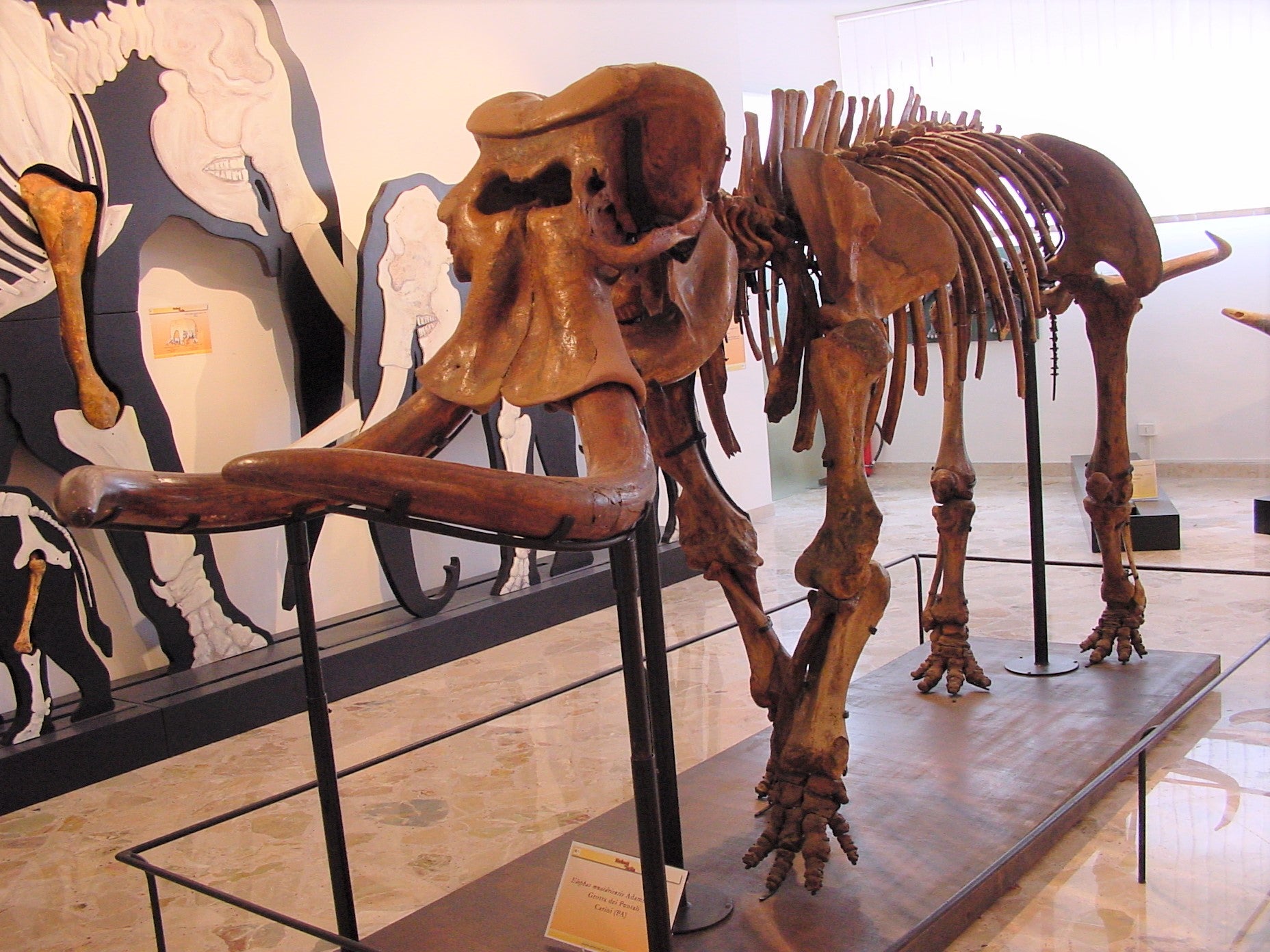Extinct dwarf elephant shrank by 85% in ‘intriguing’ evolution on Sicily
The dwarf elephant species lost more than 8,000kg in weight and more than 2m in height throughout its evolution, reports Celine Wadhera

A new study published by a team of international researchers found that a now-extinct species of dwarf elephant halved in height and shrank by nearly 85 per cent body mass on the island of Sicily.
The evolution, which researchers described as “truly striking” took place over a period of 350,000 years.
Using fossil and molecular evidence, researchers from the Universities of York and Cambridge, Nottingham Trent University, and London’s Natural History Museum were able to analyse the rate at which the elephant reduced in size.
Dr Axel Barlow, an expert in palaeogenomics and molecular bioscience in Nottingham Trent University’s School of Science and Technology said: “By combining ancient DNA with paleontological evidence we can show the timing of observable evolutionary changes with greater accuracy.”
In the study, it was discovered that the Paleoloxodon mnaidriensis — the dwarf species — lost more than 8,000kg in weight and 2m in height after diverging from its mainland European relative, the Paleoloxodon antiquus.
The larger, straight-tusked elephants — which were some of the largest mammals that ever lived, reaching heights of 4m and weights of 10,000kg — lived in mainland Europe between 800,000 and 40,000 years ago. Researchers believe these giants ventured to the Island of Sicily sometime between 700,000 and 200,000 years ago.
Analysing remains of a dwarf elephant found in Sicily’s Puntali Cave, the international research team determined that the species reduced in height and weight by 4cm and 200kg per generation over a period of around 352,000 years.
For context, researchers said that the dwarfing of the elephant species was comparable to the hypothetical dwarfing of humans into Rhesus macaques — a species of monkey that grows to an average height of 20 inches tall and an average weight of 6.5kg.
Dr Barlow added: “The magnitude of dwarfing resulting from this rapid evolutionary process is truly striking, resulting in a loss of body mass of almost 85 per cent in one of the largest ever terrestrial mammals.
“As the descendants of giants, the extinct dwarf elephants are among the most intriguing examples of evolution on islands.”
Researchers believe the species’ evolution was accelerated after the larger species found itself isolated on the island. Both elephants are now extinct, with the last of the dwarf species believed to have died around 19,000 years ago.
The study has been published in Current Biology.



Join our commenting forum
Join thought-provoking conversations, follow other Independent readers and see their replies
Comments